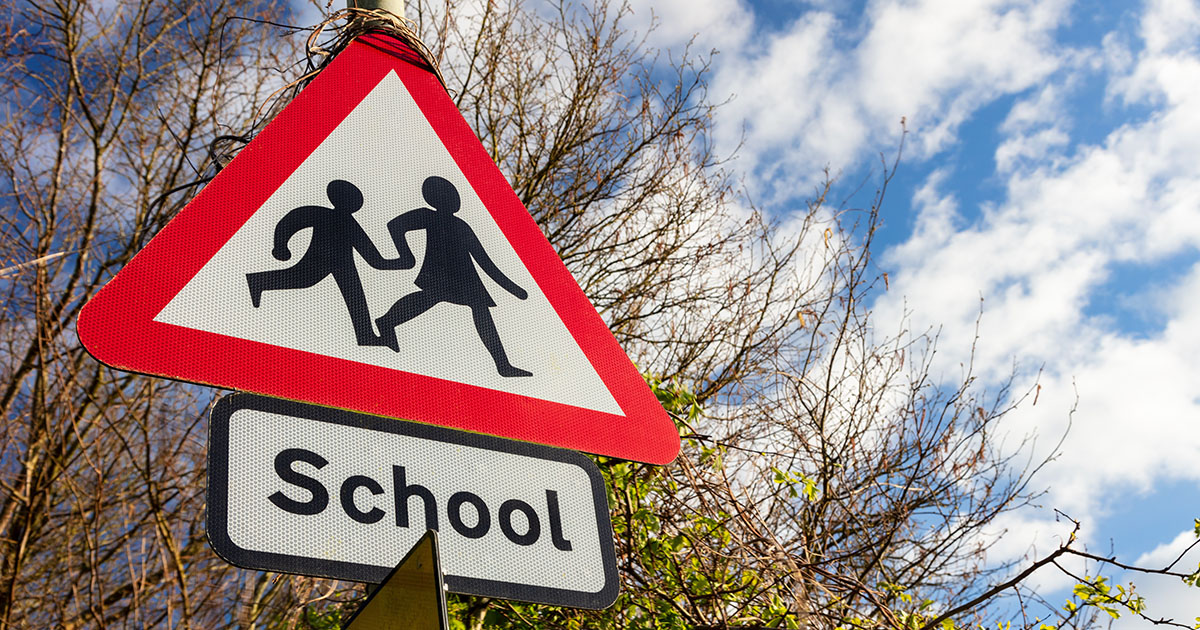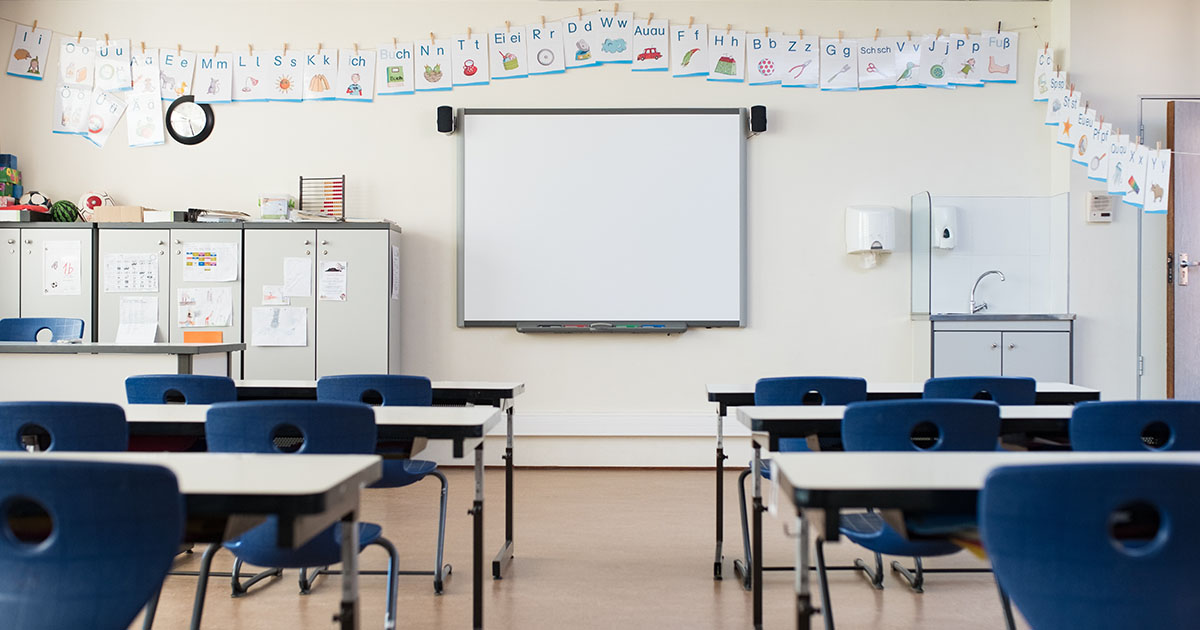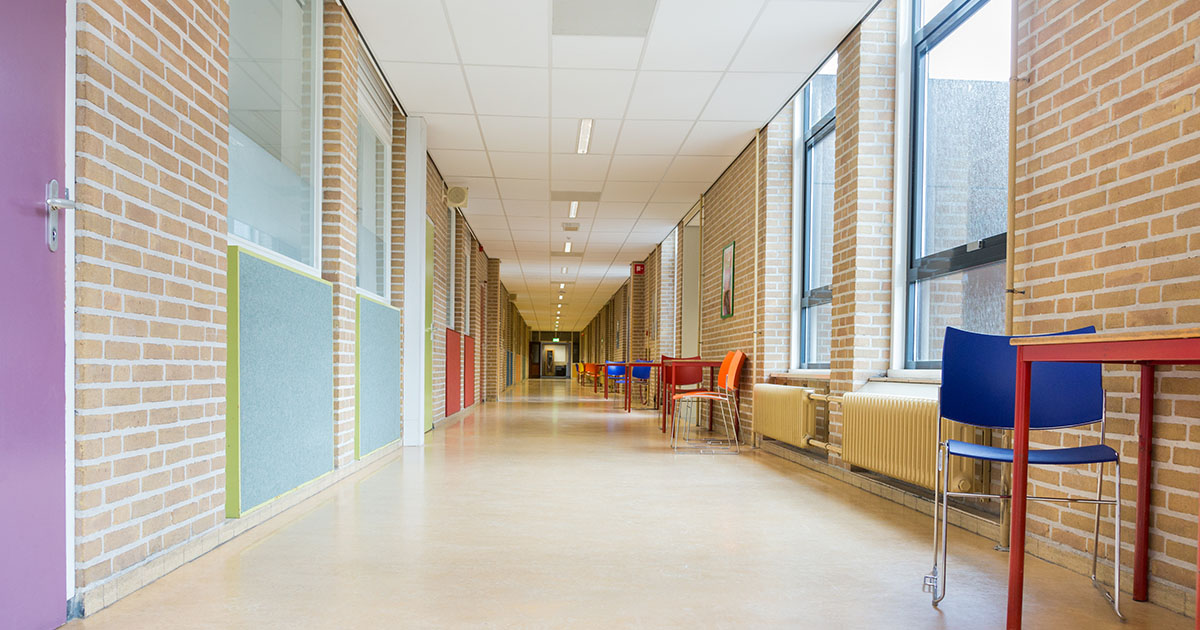Safeguarding Education: Understanding and Mitigating Fire Risks in Schools
Educational institutions play a crucial role in shaping the future, but their safety is paramount for effective learning. One of the most significant threats to the safety of schools is the risk of fire. Fires in schools can not only lead to devastating consequences but also disrupt the education of countless students. In this blog, we will delve into the potential fire risks in schools and explore preventive measures to ensure a safe and secure learning environment.

Common Fire Risks in Schools
Electrical Systems: Outdated or faulty electrical systems pose a significant fire risk in schools. Overloaded circuits, damaged wiring, or the use of outdated electrical equipment can lead to electrical fires. Regular inspections and timely upgrades are essential to prevent such incidents.
Kitchen Facilities: Schools with on-site kitchens face an increased risk of fires due to cooking equipment, flammable materials, and grease buildup. Unattended stovetops, faulty appliances, or inadequate ventilation can trigger kitchen fires.
Heating Systems: Improperly maintained heating systems, including furnaces and boilers, can become fire hazards. Accumulated dust, faulty components, or inadequate ventilation can contribute to the risk.
Combustible Materials: The use of flammable materials, such as paper, cardboard, and certain chemicals, in close proximity to heat sources increases the risk of fire. Storage areas with overcrowded materials pose an additional hazard.
Arson: Schools are unfortunately vulnerable to intentional acts of arson. Vandals or disgruntled individuals may attempt to start fires, posing a significant threat to the safety of students and staff.

Preventive Measures
Fire Safety Education: Implement comprehensive fire safety education programs for students, teachers, and staff. Teach them about fire hazards, evacuation procedures, and the proper use of firefighting equipment.
Emergency Preparedness: Develop and regularly practice emergency evacuation drills to ensure that everyone in the school is familiar with evacuation routes and assembly points.
Fire Detection and Suppression Systems: Install smoke detectors, fire alarms, and sprinkler systems throughout the school premises. Regularly test and maintain these systems to ensure their effectiveness.
Regular Inspections: Conduct routine inspections of electrical systems, heating systems, kitchen facilities, and storage areas. Identify and address potential fire hazards promptly.
Collaborate with Local Authorities: Establish partnerships with local fire departments to conduct joint drills, share expertise, and receive guidance on enhancing school fire safety.

Ensuring the safety of students, teachers, and staff is a shared responsibility. By understanding the common fire risks in schools and implementing preventive measures, educational institutions can create a secure environment conducive to learning and growth. Proactive planning, regular maintenance, and a commitment to fire safety education are crucial steps toward safeguarding our schools from the devastating effects of fires.
Fire Guard Services provide fire safety services such as risk assessments, fire alarm install/maintenance, fire extinguisher install/maintenance, fire safety training and much more. Call us on 01582 469000 or contact us for a free no obligation quote.
